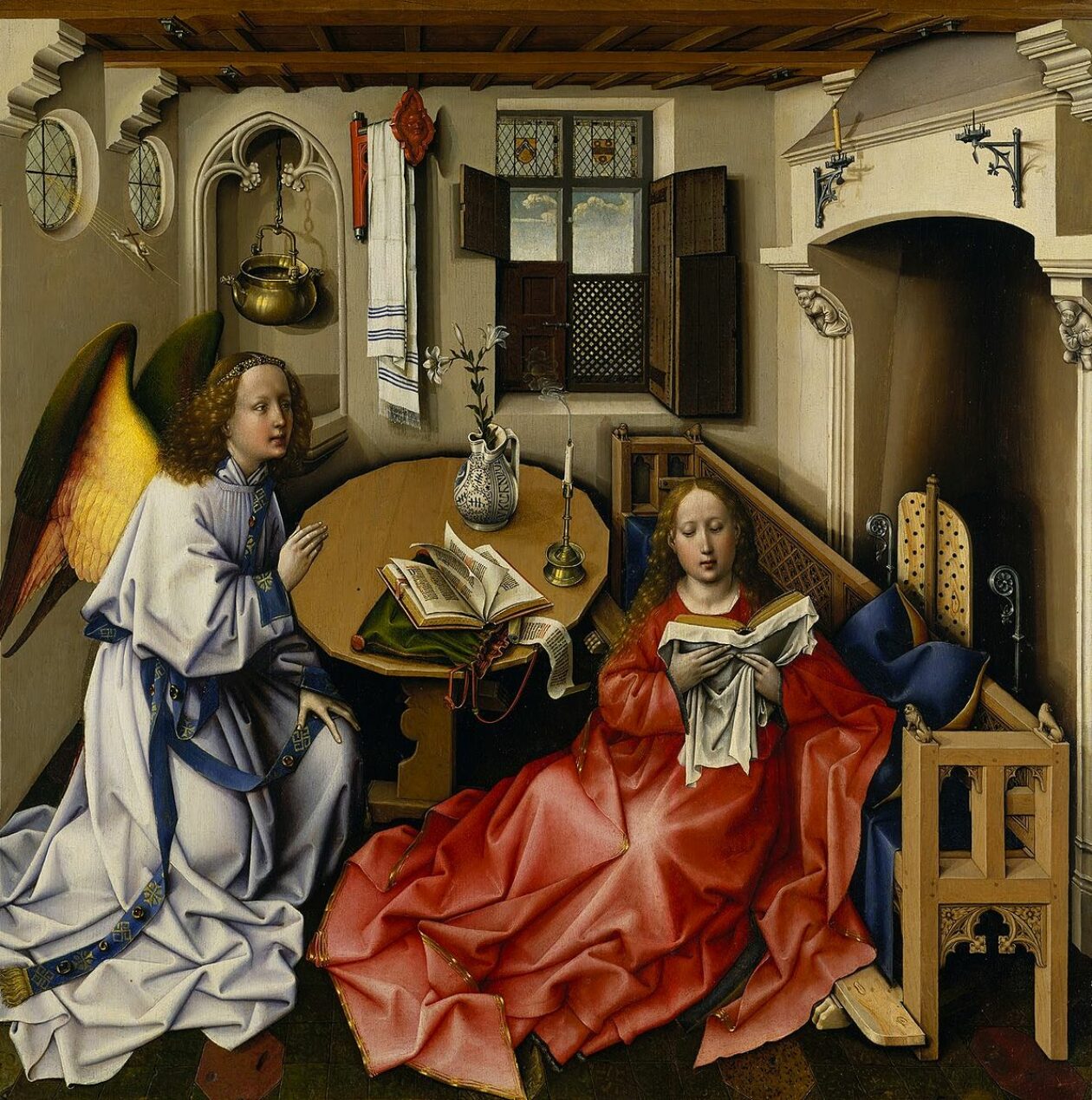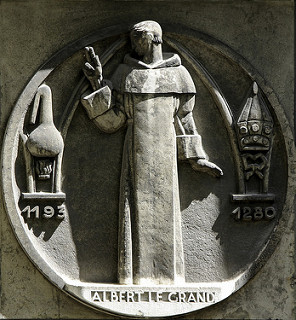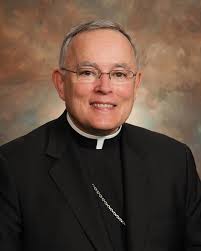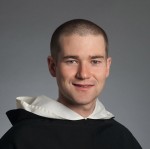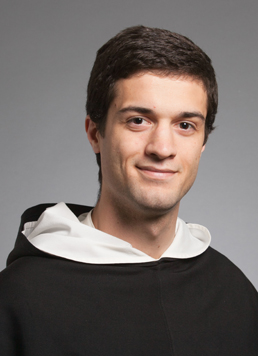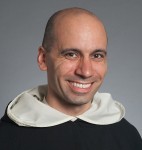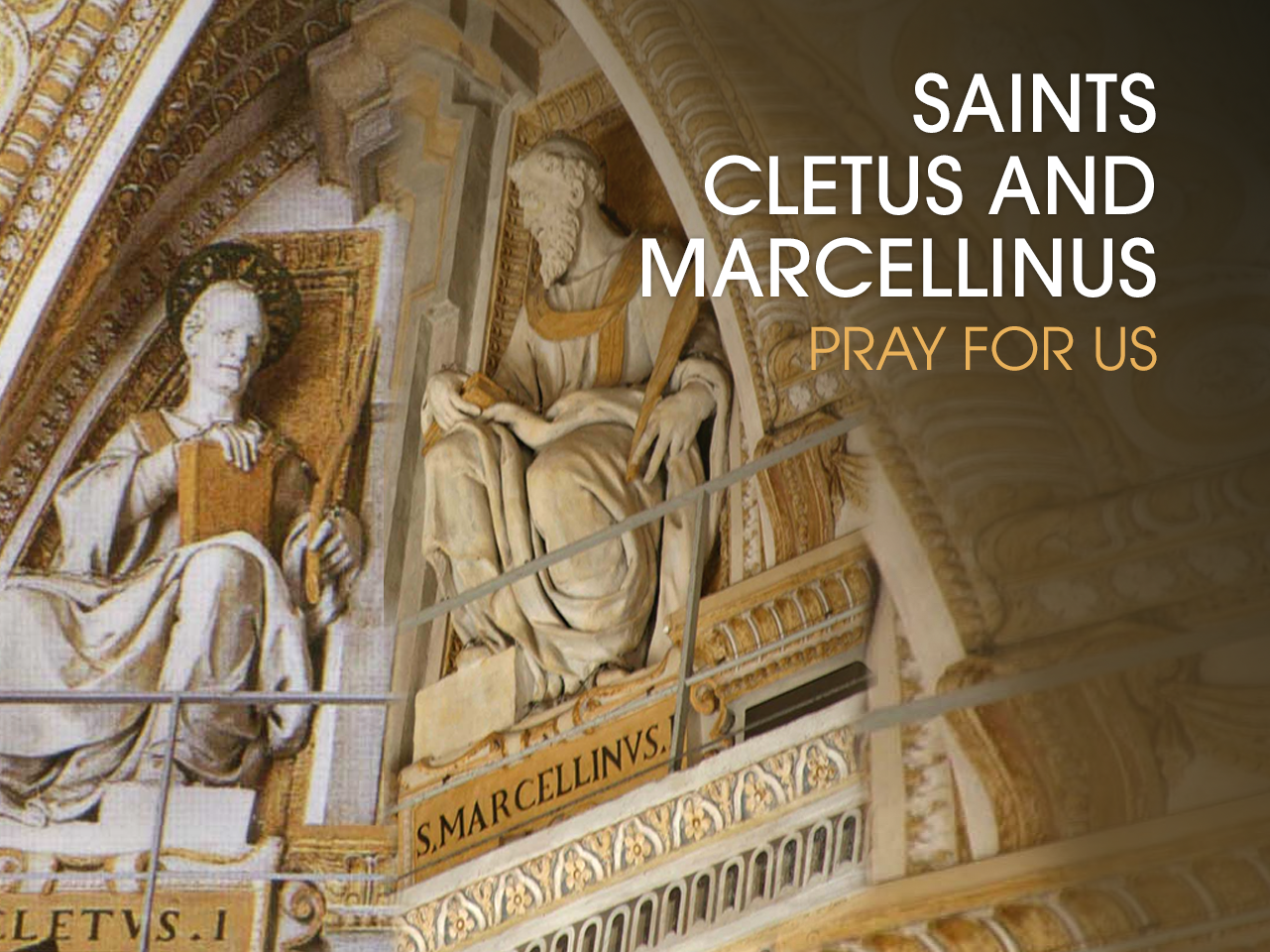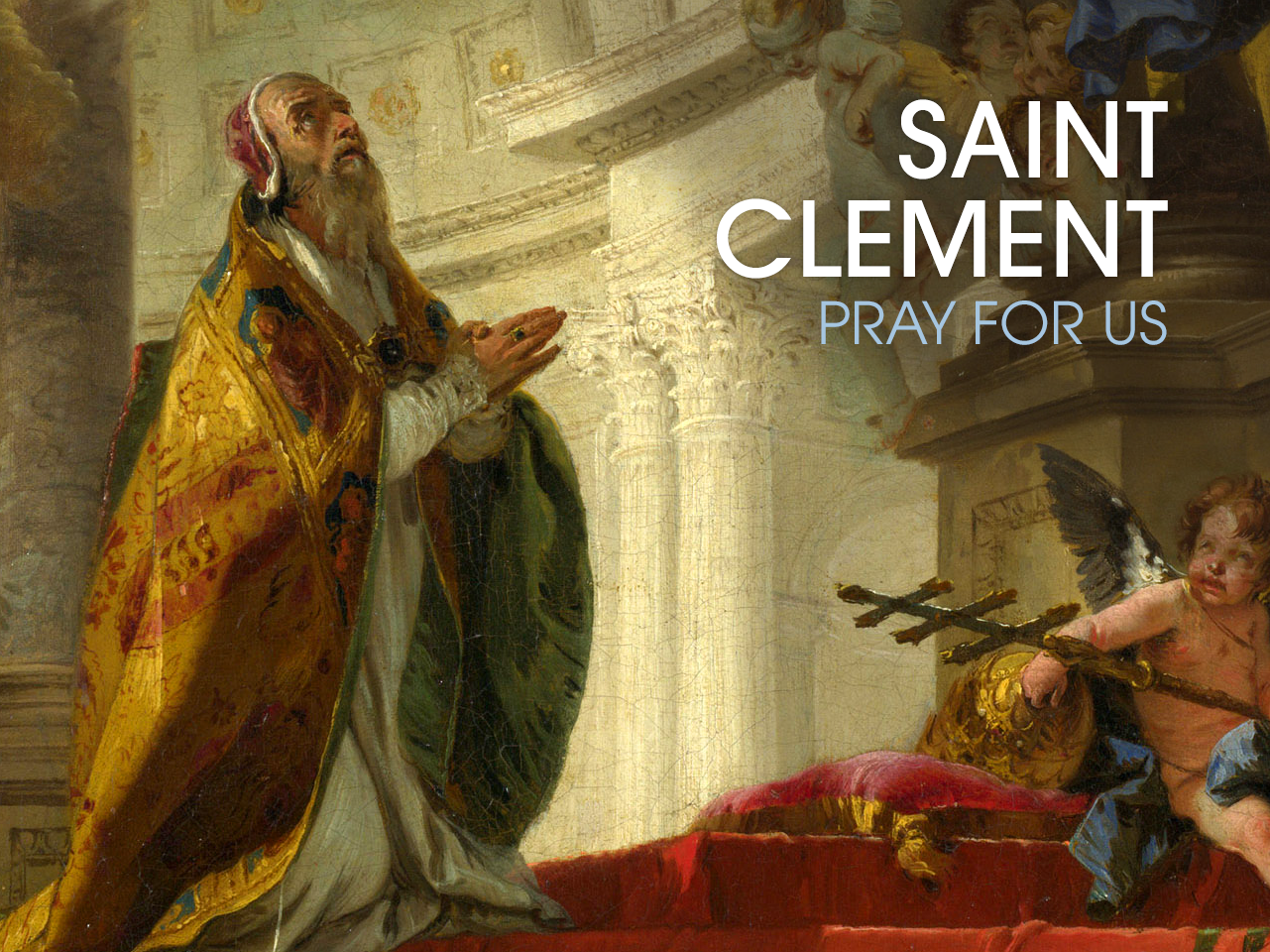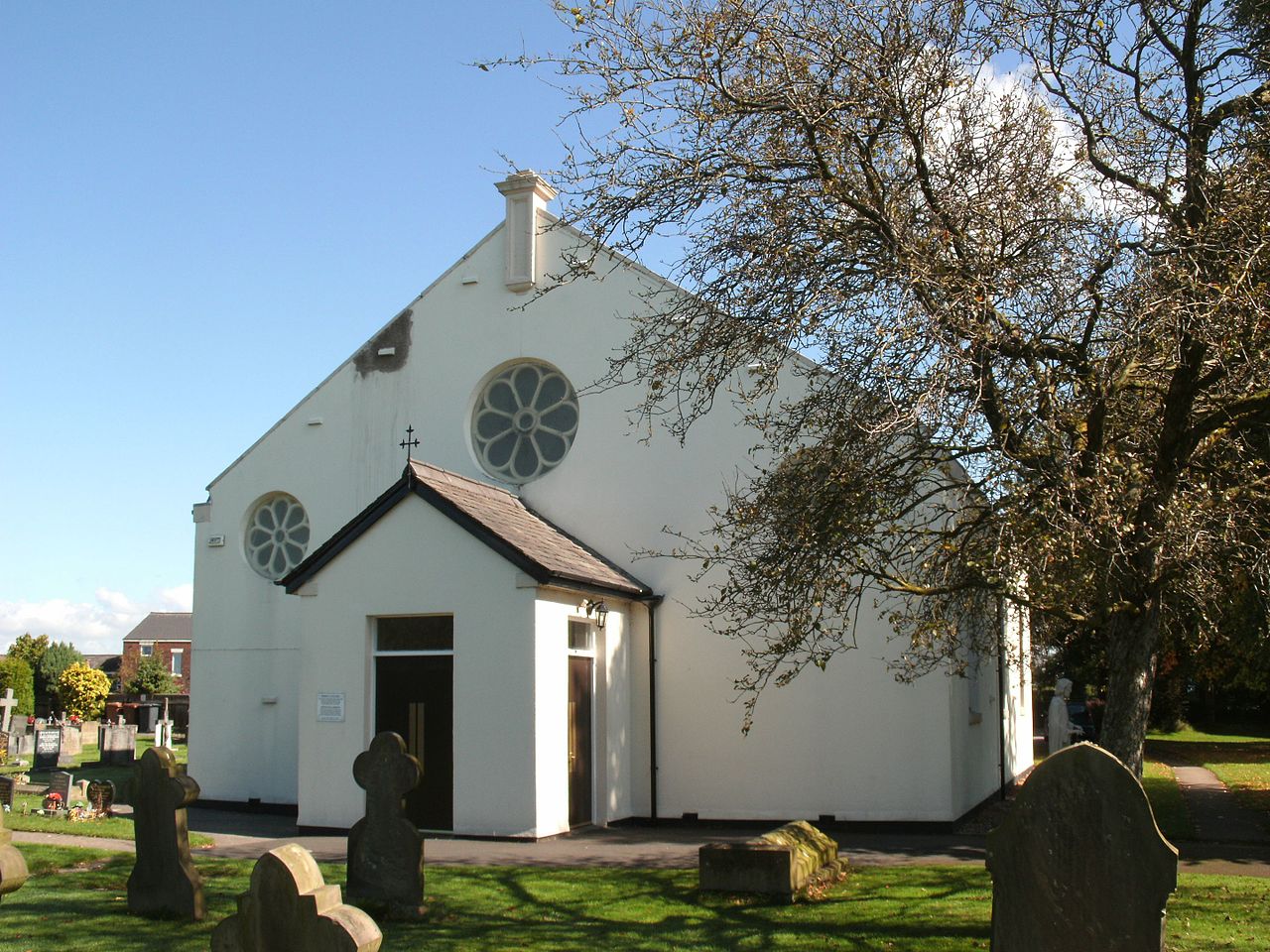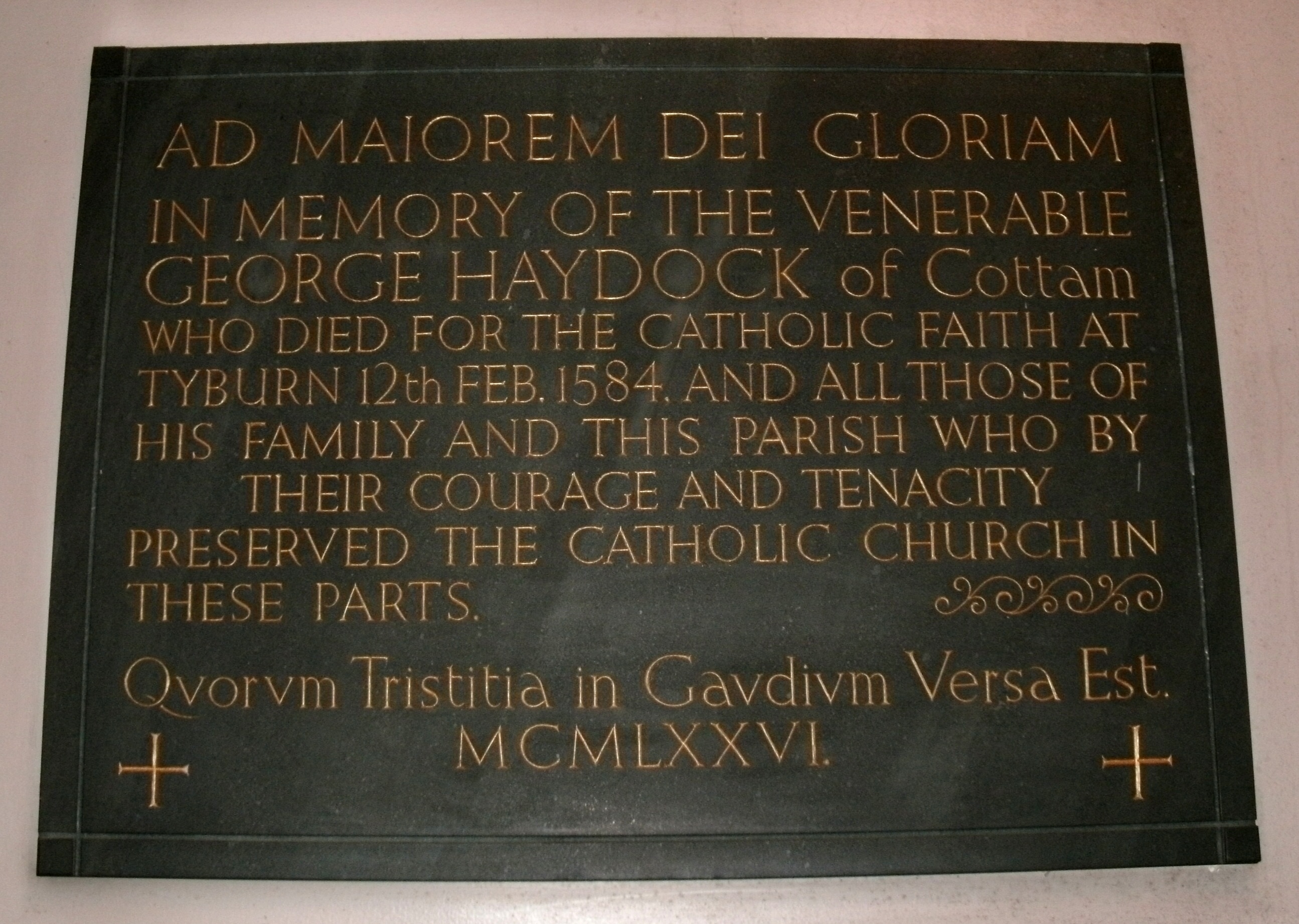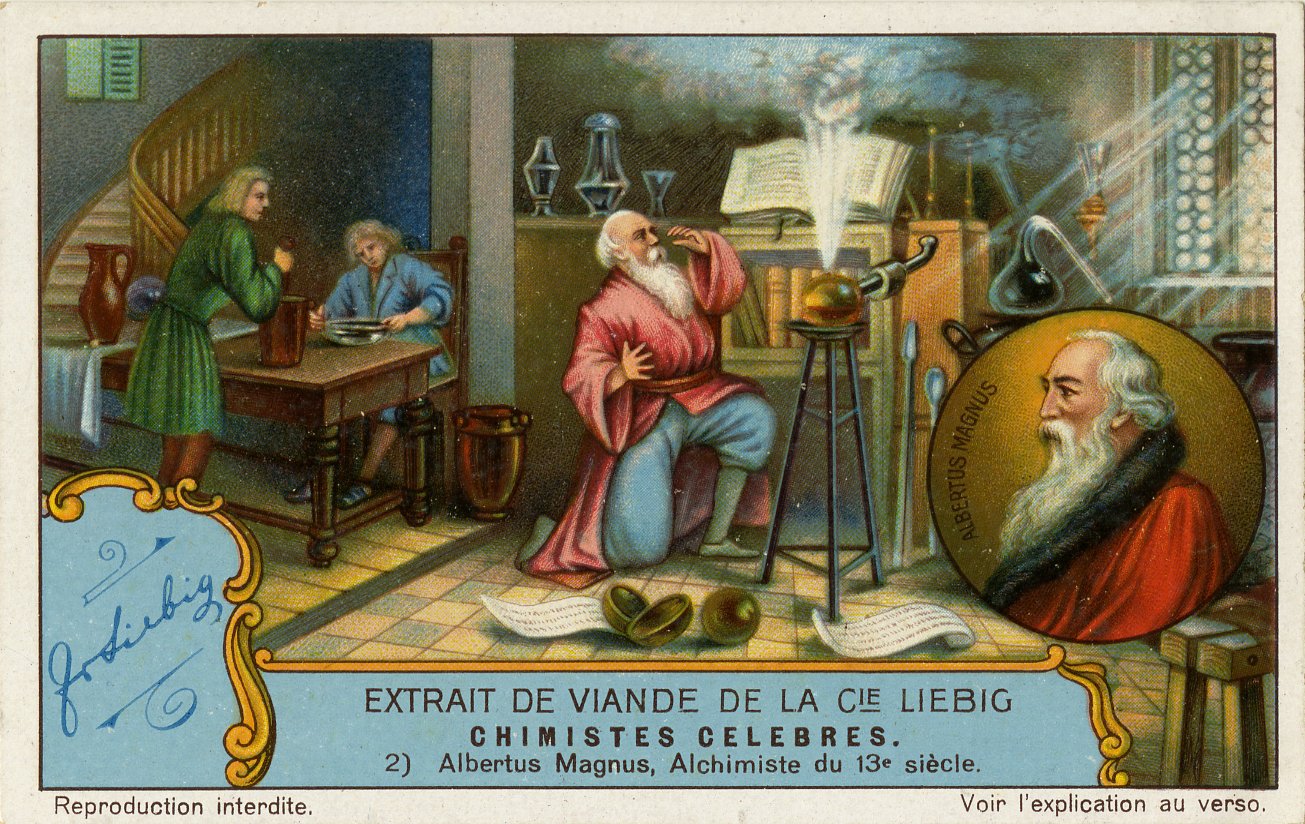
-please click on the image for greater detail
-by Br Oliver James Keenan O.P., English Province
“St Albert is said to have been one of the last people to have known everything that was known in his day. That might be an exaggeration, but it’s certain that his interests and publications spanned every discipline of his time: from a best-selling work on rocks (de mineralibus), through to geometry, astronomy, friendship, law, love, language, not to mention extensive commentaries on the scriptures, it’s certainly fair to say Albert was universally learned.
Albert was one of the first to comment on virtually all of Aristotle’s works — then ’new learning’, freshly mediated in Latin translation — an endeavor that drew him into intellectual dialogue with Muslim scholars such as Avicenna and Averroes, as well as the Christian tradition in which he was firmly rooted. And whilst it was Albert’s student Thomas Aquinas that most successfully integrated Aristotle — navigating the challenges that Aristotelian thought posed to the Christian — with the traditional theology of Augustine, Albert’s efforts are by no means feeble, and Aquinas holds his teacher in evident esteem. Aquinas pre-deceased Albert in 1274. Albert, who was first to recognize Aquinas’s great gift to the Church, was moved to tears. Although we can’t be certain, he may well have travelled to Paris to defend his student’s teachings against charges of heresy (thankfully those allegations have long since been refuted).
Albert, however, was no mere commentator. He was a speculative thinker who predicted the contents of several of Aristotle’s lost (and now re-discovered) works with some accuracy. He corrected some of Aristotle’s thought and strengthened his arguments where he thought appropriated. Nor was he simply an ‘Aristotelian’: he rejected Aristotle’s thought when it seemed ludicrous, because Albert was, first and foremost, a Christian, a believer in the gospel. And it was not in-spite of his faith that Albert was a philosopher-scientist, but because of it: Albert somebody who sought to make sense of the world in faith, and as such he stands as an example of how scientific enquiry can be sanctified by the life of grace and virtue.
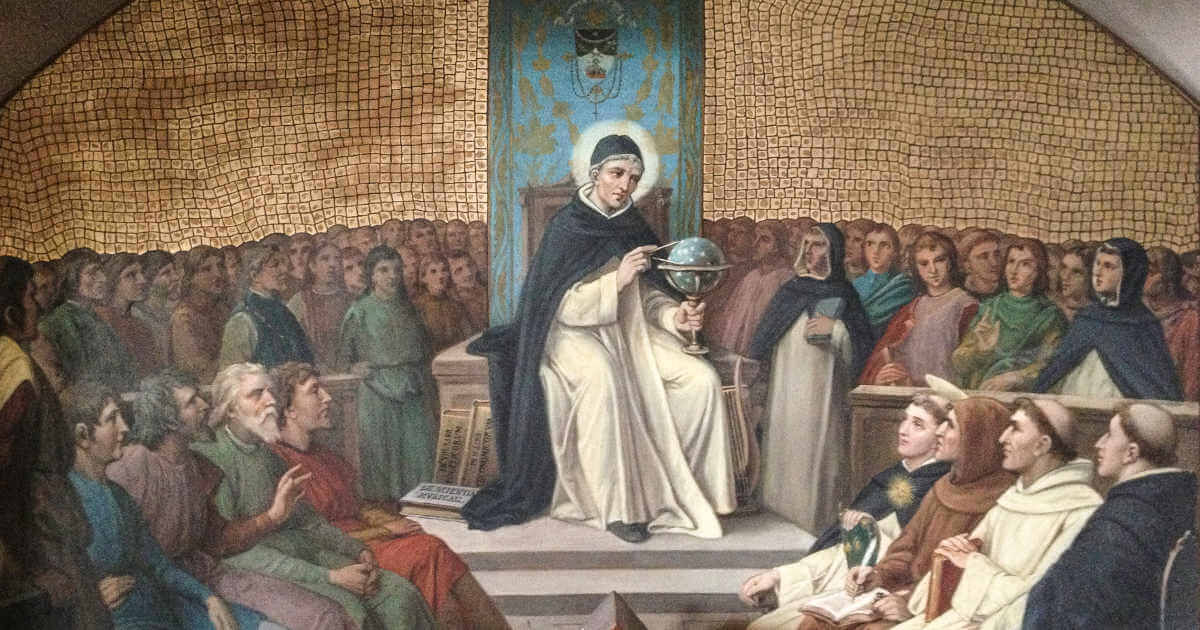
-please click on the image for greater detail
But as impressive as the breadth and depth of Albert’s voluminous intellectual works are, the most remarkable thing as far as I’m concerned is that he found time to write them at all. His life was neither dull nor quiet; he certainly cannot be accused of being an ivory tower academic. German born, he had already begun his university education in the so-called liberal arts at an Italian school, where he met the Blessed Jordan of Saxony, successor to St Dominic as Master of the Order. Although some (relatively late) sources recount a meeting between the Blessed Virgin Mary and Albert, it’s clear that Jordan’s example and preaching played a key role in attracting Albert the Order. And once he had joined, Albert’s life was notably busy: years of formation and study were followed by heavy burdens of pastoral care and teaching (he was 43 when appointed to a Professorship at Paris), as well as administrative duties and, eventually, appointment as a Bishop in his native land. As Bishop, a role he seems never to have particularly relished, he was nicknamed the “tied-shoe” because he maintained the Friars’ practice of travelling everywhere on foot, refusing the use of a horse. He was, by all accounts, assiduous in his duties as bishop, particularly noted for his austere lifestyle and attentiveness to the needs of the poor, he radically curbed spending in the diocese and committed himself, as any good Dominican, to preaching the gospel. Though he retained some episcopal priveliges for life (he was particularly keen to keep his personal library, something I have no trouble identifying with), it was with some relief that Albert put aside the duties of his Bishopric and returned to the life of a brother.
But it was on the long journeys of his apostolic life as an itinerant friar and bishop that Albert’s research interests as a natural scientist seem to have flourished. He trudged around with an enquiring mind. He thought that the earth must be spherical, since he observed that the first thing of a ship to emerge over the horizon of the ocean is the tip of its mast. Safely on dry land, he collected specimens of wildlife that he encountered, becoming one of the first in the West to categorise the natural order according to a taxonomy of species and genus. Having heard (and disbelieved) the rumour, from Aristotle’s work on animals, that ostriches ate metals and were particularly fond of the precious varieties, he carried a lump of iron with him to test out the theory. Eventually his suspicion was proved correct: the ostriches he encountered refused the metal and seemed confused by the bishop’s actions. One may have tried to bite him. But this was no reductive experimental science. For Albert the whole world could be seen as one unity under the creator God, and the quest to penetrate its mysteries more deeply was not an indulgence of curiositas, but a loving communion with the God who bestows on us the faculty of intellect and the desire for truth. All things, then, were, for Albert, subordinate to God’s knowledge, revealed in Christ, as is evident from his great works of mystical theology, in which he ascends beyond the knowledge of all created things to be encountered by the creator, to know God and love him, who has first known and loved us into existence.
The centuries may not have been kind to Albert’s intellectual legacy: although widely respected, he is undeservedly neglected by many undergraduate philosophical curricula today. But unlike many of his medieval contemporaries, we retain a good sense of his personality and the brothers still smile fondly at the memory of his holy eccentricities. We only once read of a Prior having to curtail Albert’s experimental practices. In Cologne he was exploring the effects of alcohol on cold-blooded creatures and fed some of the brothers’ beer to a snake. Unfortunately, although amusingly, the snake escaped as was found disorientated and fractious in the cloister, much to the consternation of the graver fathers. Albert having already observed man’s apparently natural aversion to serpents — and I think I can sense a wry smile at this point — notes that the snake went floppy when under the influence. Perhaps wisely, the Prior of the day intervened to the keep the peace, and it seems Albert was advised not to allow anything else to escape from his growing menagerie.
With God’s help and some prayers, I hope I can imitate Albert’s cheerful fidelity to the Lord and his faithful unrelenting obedience to his superiors, though I feel no need to repeat this particular experiment, nor do I feel my vocation lies in experimental science. (Albert wouldn’t mind this — in his more abstract philosophy he argued it was reasonable to believe such things on testimony). But it is a joy to be one of Albert’s brothers, to belong an Order that, in 800 years of grace, has seen so many characters, not to mention drunken snakes and more. Somehow, in the mystery of providence, we are each of us called to write our own line, to make our own unique contribution, but when in God’s good time the story of the Order of Preachers comes to be concluded, few lines will be as sparkling and fondly remembered as Albert’s.”
Love,
Matthew
